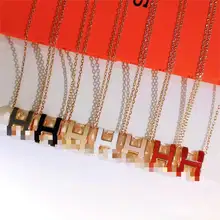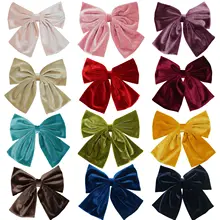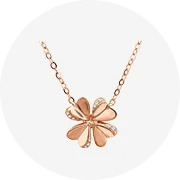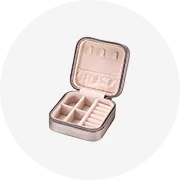About products and suppliers
Kinh ngạc với bộ sưu tập tiêu chuẩn sang trọng và tối ưu đáng kinh ngạc. số nhà vườn tại Alibaba.com và đưa ra một tuyên bố phong cách mạnh mẽ. Những tuyệt vời. số nhà vườn hiện đang được bán chạy nhất trên trang web và được giới trẻ và người già yêu thích do kiểu dáng và phong cách chưa từng có của chúng. Cho dù bạn muốn mặc chúng cho một bữa tiệc hay bất kỳ cuộc họp chính thức nào, chúng. số nhà vườn đi kèm với vẻ ngoài khác biệt giúp phân biệt bạn với những người khác.
Được làm và thiết kế từ các vật liệu chắc chắn, số nhà vườn đã nâng cao độ bền và tồn tại trong thời gian dài, đồng thời mang đến vẻ ngoài tuyệt vời thể hiện đẳng cấp của bạn. Những thiết bị đeo này thân thiện với môi trường và các công nghệ mới nhất của chúng đảm bảo hoạt động tối ưu. Tuyệt tác. số nhà vườn được trang bị các tính năng và đặc điểm nâng cao làm cho chúng trở nên độc đáo và có khả năng chống lại các điều kiện khác biệt và các tác động bên ngoài. Các. số nhà vườn có nhiều kiểu dáng và thiết kế đa dạng phù hợp với tất cả các sở thích của bạn bất kể giới tính hay độ tuổi của bạn.
Alibaba.com có nhiều loại. số nhà vườn có sẵn với nhiều màu sắc, hình dạng và kích thước để phù hợp với sở thích cá nhân và đặc điểm sản phẩm. Các sản phẩm này được trang bị các tính năng như chống thấm nước và chống cháy để bảo vệ tối đa. Báo thức, lịch và chronograph được tích hợp trong. số nhà vườn tăng tiện ích của chúng. Bạn cũng có thể chọn từ loại chống mài mòn đàn hồi hơn. số nhà vườn mà bạn có thể sử dụng khi thực hiện các hoạt động thể thao như bơi lội và chạy mà không làm hỏng chúng.
Khám phá điều hấp dẫn. Phạm vi số nhà vườn tại Alibaba.com có thể phù hợp với yêu cầu và ngân sách cá nhân của bạn. Các mặt hàng này có thể tùy chỉnh trong bản in và nhãn của chúng và đi kèm với thời lượng pin nâng cao .. Nhà cung cấp số nhà vườn đặc biệt có thể hưởng lợi từ các ưu đãi và giao dịch đặc biệt được thiết kế cho các mặt hàng được mua với số lượng lớn.

































 浙公网安备 33010002000092号
浙公网安备 33010002000092号 浙B2-20120091-4
浙B2-20120091-4